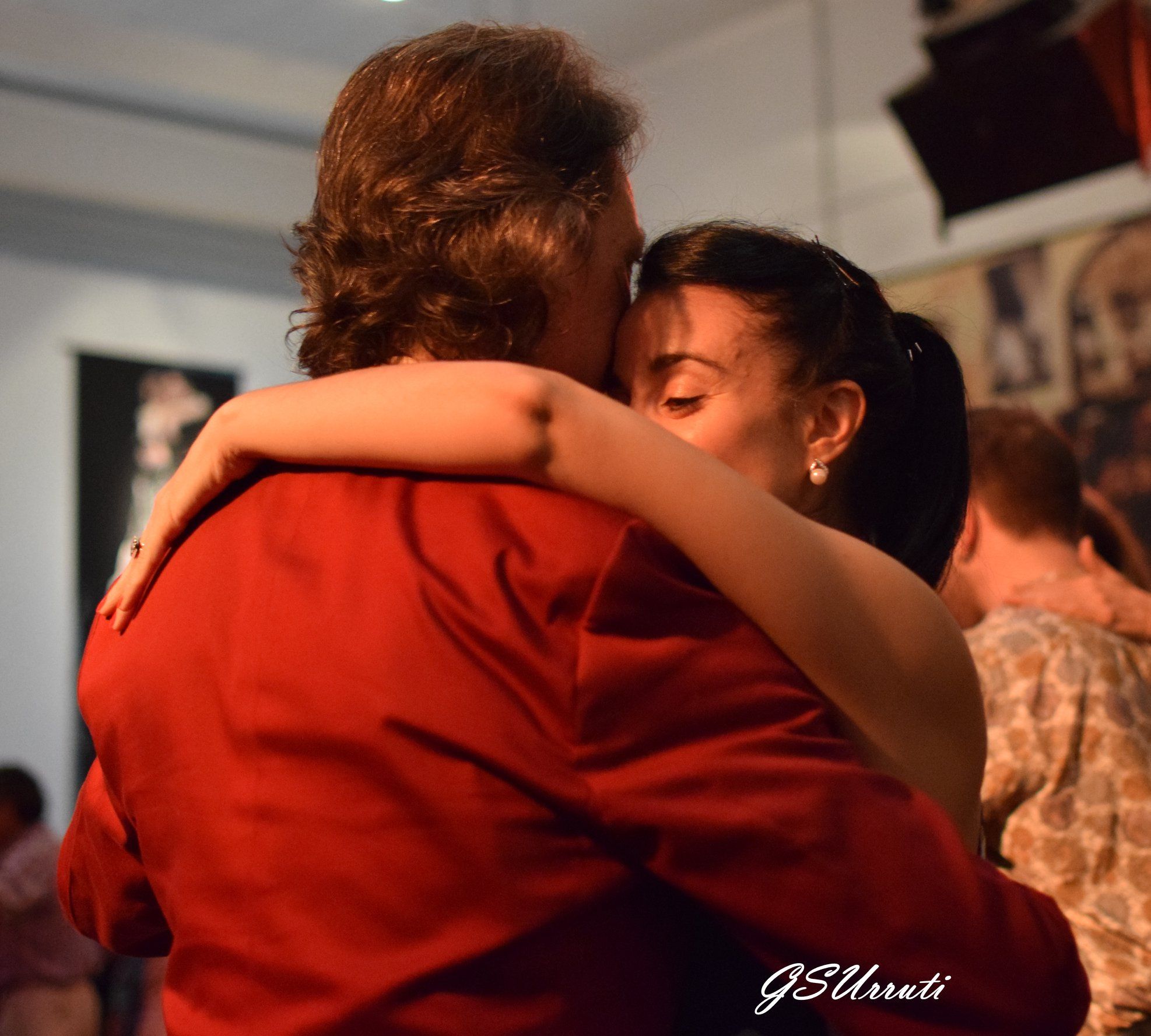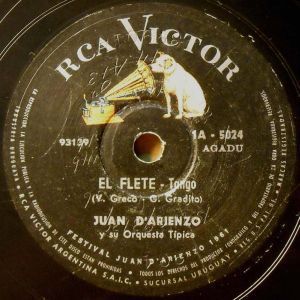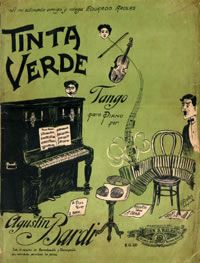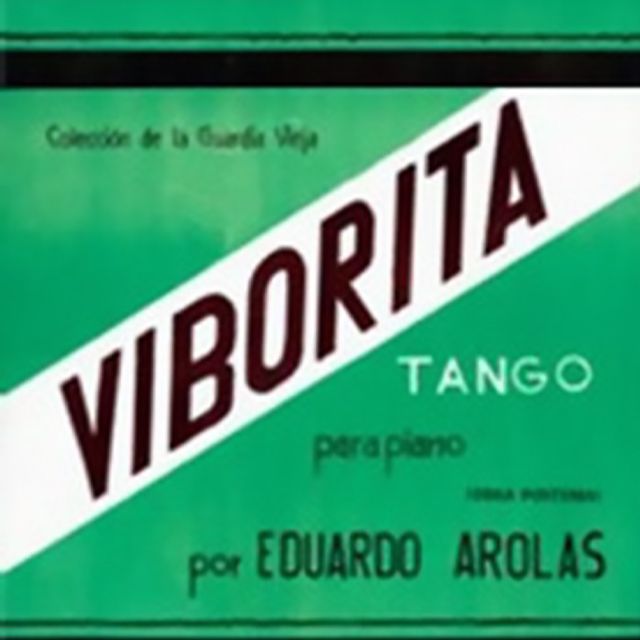Walking is at the root of our existence
 Our head is placed in an upright position, allowing for the development of powerful vision and an extraordinary brain; our arms and hands free from the task of locomotion, set to create new things and reshape the world.
Our head is placed in an upright position, allowing for the development of powerful vision and an extraordinary brain; our arms and hands free from the task of locomotion, set to create new things and reshape the world.
Looking at your partner, making eye contact, is a very effective way to connect.
You walk towards your partner, already listening to the cadence of Tango music, which paces your steps.
Then, you offer your hand, full of sensitivity and dexterity. You embrace your partner: a stream of emotions flow.










